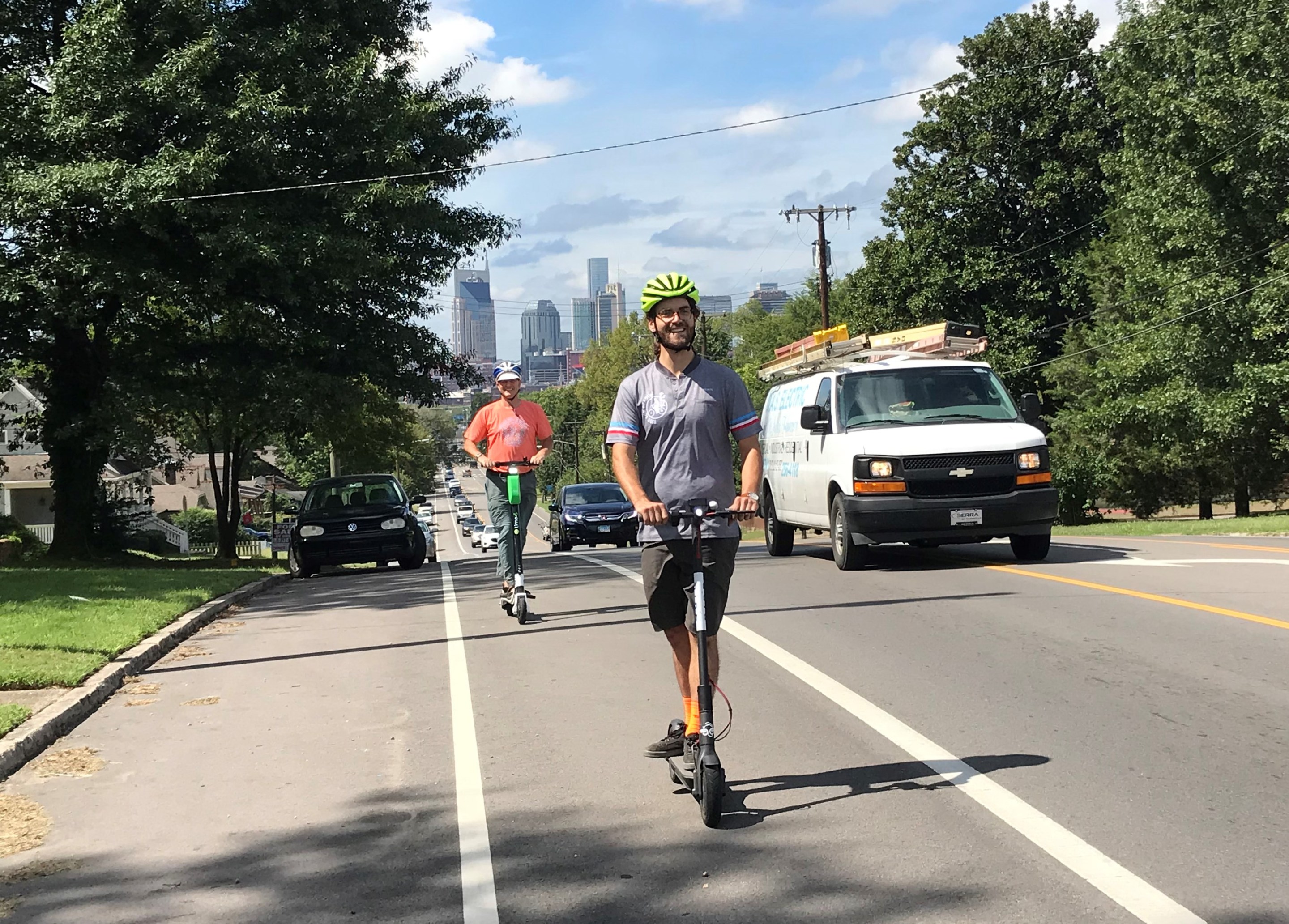A study released today by the Centers for Disease Control [PDF] was supposed to finally put to rest one of the most pressing questions about e-scooters: Are they safe?
Instead, we still don't really have a good answer. The study, tracking 193 scooter-related hospitalizations in Austin, Texas, over a roughly three-month period did bring to light some concerning information — including that one-third of scooter riders who were injured were taking their very first trip. Here are the other highlights:
A fair amount of injuries — some serious. But compared to what?
The study positively identified 193 e-scooter injuries treated in Austin emergency rooms or by paramedics between Sept. 5 and Nov. 30, 2018. That amounted to about one hospitalization per 5,000 scooter trips, given the nearly 1 million riders during that period. Researchers note that it likely underestimates scooter injuries because only the most serious incidents were tracked — not victims seen, for example, by a regular doctor.
The study lacks, however, what so many other studies of its type have also lacked: Some sort of context that would help us compare the scooter-injury rate with the injury rate from other modes — like biking or walking, riding a motorcycle or driving a car.
There were no deaths during the study period, but about half the injuries were serious, resulting in a broken bone or head injury or some kind of organ damage. And in about 15 percent of the cases, according to the study, there was a suspected traumatic brain injury. Only 1 percent of riders were wearing a helmet, the study notes.
We asked Kay Tschke, a public health researcher at the University of British Columbia whose work has been critical the bike helmet debate, what she thought of the study. She said she wished "there were comparisons to other transport modes to provide context."
Without that information, she said she couldn't comment on whether the findings were especially troubling. But there were. few concerning details just as well.
Cars weren't mostly to blame
Cars didn't seem to be the big culprit here. Researchers from the Austin Public Health Department interviewed many of the injured riders, and determined that a car was involved in about 16 percent of the cases. But only in 10 percent of cases was there an actual collision with a car.
And about a third of riders said the fall or crash occurred while they were riding on the sidewalk.
A lot of people get injured on their first ride
Amount the people interviewed, a third reported that they injured themselves on their first scooter ride. And 63 percent said they had ridden a scooter less than nine times when they were injured. Tschke said that piece of data was "surprising."
The authors of the study said there may be a need for more safety training for riders.
We may need greater quality control for the scooters
About 19 percent of the injured riders who were surveyed blamed a malfunction on the scooter for their injury. That's alarming, but there's no way of knowing how reliable injured people's assessment is. Lime recently pulled scooters off the streets for safety issues. But without a third-party oversight group — like the National Highway Traffic Safety Administration, which regulates auto safety — consumers don't have many assurances the product is safe.
E-scooters may be too fast
Among those that were injured, speed was a commonly named issue. More than one-in-three, 37 percent blamed speed for their injury — but, again, the study does not make it clear whether the injured people are assessing the speed accurately. Most of the scooters top out at 15 miles per hour, although some cities like D.C. have talked about imposing a lower limit. When Streetsblog asked the scooter company Bird last year why 15 miles per hour was chosen as the top speed, the company couldn't really provide an answer.
Our very rough calculations estimated that e-scooters were a good deal more dangerous than bike share, but not well out of the fatality range of walking or biking overall.






